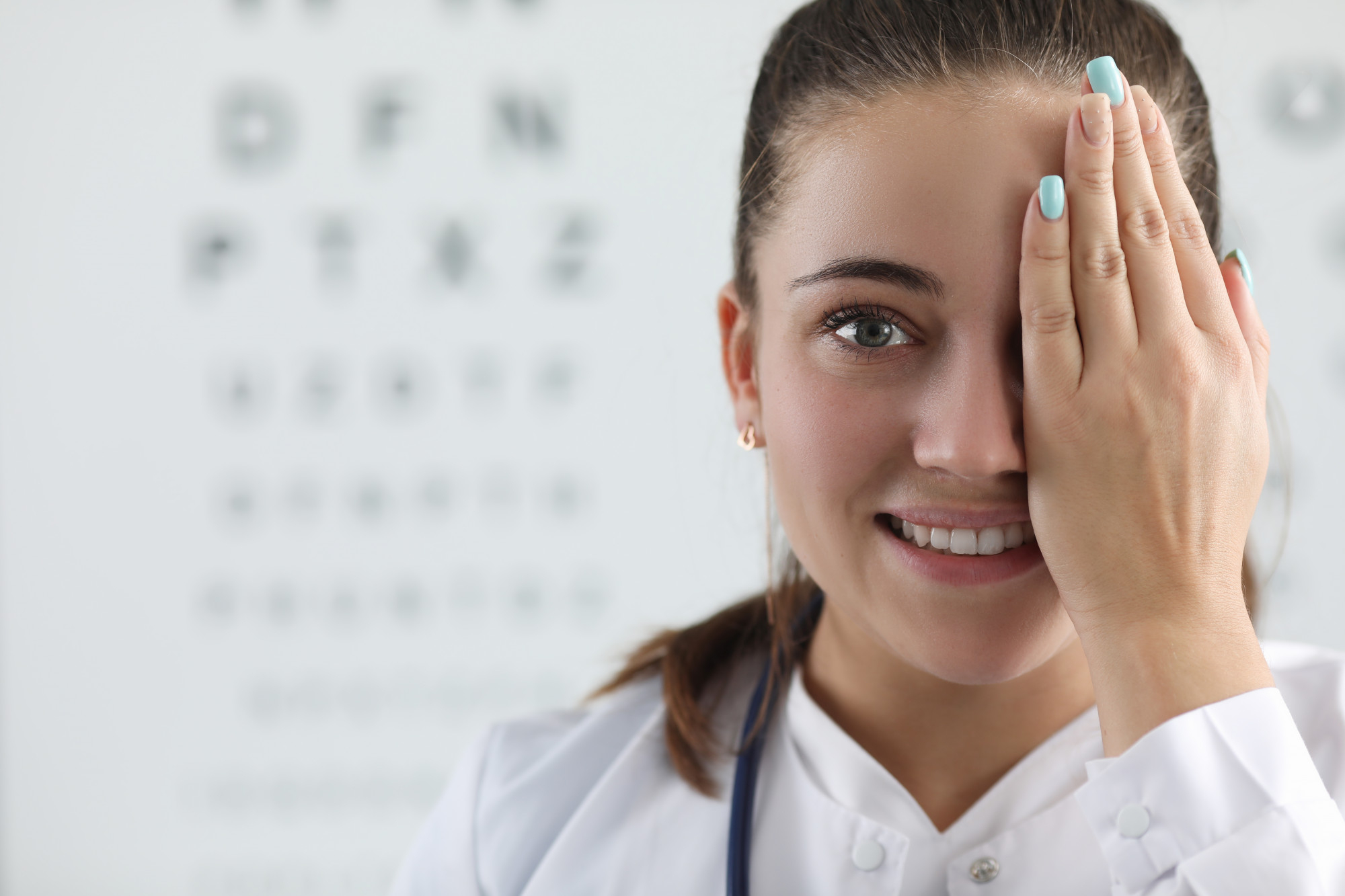
Diabetic Retinopathy
Diabetic retinopathy is a common complication associated with diabetes and is the leading cause of blindness among adults in the U.S. This condition damages the retina, the light-sensitive part of the eye that transmits images to the brain. There are two primary types of diabetic retinopathy: nonproliferative retinopathy and proliferative retinopathy. In nonproliferative retinopathy, the small blood vessels at the back of the eye swell, forming pouches that eventually deprive the retina of its blood supply. Proliferative retinopathy, on the other hand, leads to the growth of new blood vessels that obstruct the retina’s blood flow. These new vessels are fragile and prone to leakage, resulting in symptoms like floaters, blurred vision, black spots in your field of vision, and even the loss of central vision.
Book OnlineGlaucoma
The Diabetes Council states that individuals with diabetes are twice as likely to develop glaucoma compared to those without diabetes, although the exact relationship between the two is not completely understood. Glaucoma is caused by damage to the optic nerve, which transmits signals from the eye to the brain. This damage often results from high eye pressure. Many people with glaucoma experience no symptoms in the early stages, highlighting the importance of regular eye exams, as any vision loss caused by glaucoma is irreversible. Once symptoms develop, you may notice patchy blind spots, usually affecting your peripheral or central vision. Advanced stages can lead to tunnel vision. Open-angle glaucoma is the most common form, while acute-angle closure glaucoma causes severe headaches, eye pain, nausea, vomiting, blurred vision, and halos around lights, requiring emergency treatment.
Cataracts
While the exact link between diabetes and cataracts is not well understood, people with diabetes are 60% more likely to develop cataracts compared to those without the condition. Cataracts cause the lens of the eye to cloud, leading to a foggy or blurry vision. Initially, cataracts may not interfere with vision, but as they progress, they can result in dimmed, blurred vision, difficulty seeing at night, sensitivity to light, and the perception of halos around lights. Colors may also appear faded or yellowed.
Importance of Routine Screening
Routine eye screenings are crucial for everyone, but especially for those with diabetes. Conditions like cataracts and glaucoma, if left unchecked, can lead to irreversible vision loss. Cataracts may require surgery once they worsen, but with proper management, you can preserve your eyesight for longer. Early detection through regular screenings is key to managing these conditions effectively.
Treatment for Eye Problems
Treatment options depend on the specific condition. For glaucoma, eye drops or oral medications may be prescribed to lower eye pressure. Those with cataracts might need frequent changes in their eyewear prescription, and advanced cases may require surgery. Diabetic retinopathy may require laser surgery to remove abnormal vessels or treat problematic ones.
If you have diabetes, it’s essential to schedule routine eye exams. Contact Ashburn Vision Source, serving the Ashburn, VA area, at (703) 724-9948 for an appointment.
